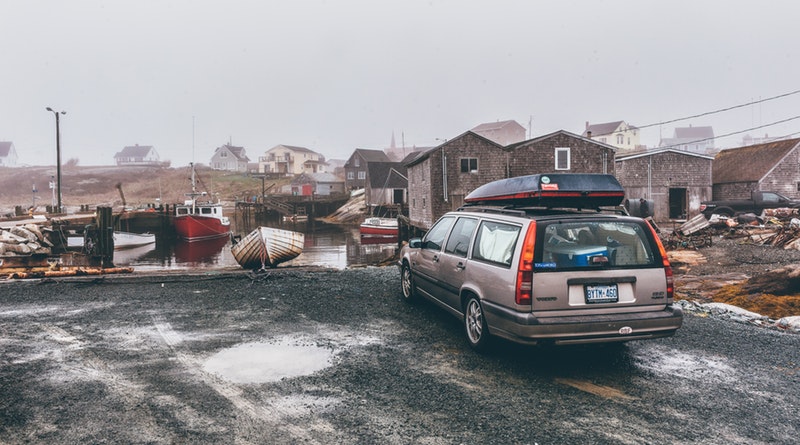Living In A Flood-Prone Area This Winter?

As the winter mist rolls in from the shores and over the mountains, you’ll begin to see a few concerns popping up if you live in a flood-prone area or region. If you’re miles within a shot of lakes, rivers, and streams, there’s a high chance you will experience some flooding during a harsh winter. Many people think that flooding can only occur during the spring when there’s quite a lot of rainfall. However, if it snows heavily and that’s then followed by rapid snow melting, this can immediately raise the water levels of rivers. Severe rainfall might occur as snow clouds move in but the temperature rises slightly, just enough to turn tons and tons of snowflakes into raindrops before they hit the ground. This too can quickly add to the water levels of lakes and streams. Before you know it, your house is in the path of a frightening flood.
Check your local weather report
News broadcasters don’t have all the time in the world to analyze and report on each city, town, village or remote area’s chances of having a flood. They can generalize the report to show you where the severe flood warnings may be. However, you need to use weather apps on your smartphone to keep up with the weather predictions for your local area. It’s a good idea to contact your local authority and see what kind of warnings or precautionary measures they’re taking in your area. If they seem to be moving in a land of sandbags and other flood prevention equipment, you should ask them for advice on how you can protect your home. Check the local weather report every few hours. Flood risks can change within hours so check the warning level every morning, lunch, evening and night.
Inspecting your home
You can take all the external flood prevention measures you want but sometimes, if a flood is too severe, the waters will engulf your home anyway. That’s why you need to also take precautionary measures inside your home too. First, start by clearing your drains around the house. Make sure there aren’t any leaves and pebbles trapped in the drainage gutter. If you have a basement window well, clear these of any debris and or household items such as chairs or ladders. You may want to open up the border drains and give them a good clean just so any flood water can rapidly flow down instead of breaking it’s current. The faster you can get rid of floodwater the better for the foundation of your house. If water has penetrated your house, contact a professional service such as Water Damage Restoration Milwaukee, which specializes in water removal and repairs. They will be able to remove the water and dry out the affected area, disinfect it, and fix walls, floors and ceilings if required.
The cleanup process
After the waters recede, you’ll see the damage that has been done. You can try to fix things yourself, but calling one of the best water damage restoration company services, is putting your best foot forward. They do this for a living, so they’ll know how to gently restore the structural rigidity of your home. Their restoration process includes fitting new insulation and tiles on your roof, reducing the risk of mold growth and restore your personal items.
Winter floods occur whenever there’s a large snowfall. If you live in an area close to rivers and streams, you need to take these kinds of precautionary measures to save your home from severe water damage.
What's Your Reaction?
Newly middle-aged wife of 1, Mom of 3, Grandma of 2. A professional blogger who has lived in 3 places since losing her home to a house fire in October 2018 with her husband. Becky appreciates being self-employed which has allowed her to work from 'anywhere'. Life is better when you can laugh. As you can tell by her Facebook page where she keeps the humor memes going daily. Becky looks forward to the upcoming new year. It will be fun to see what 2020 holds.



